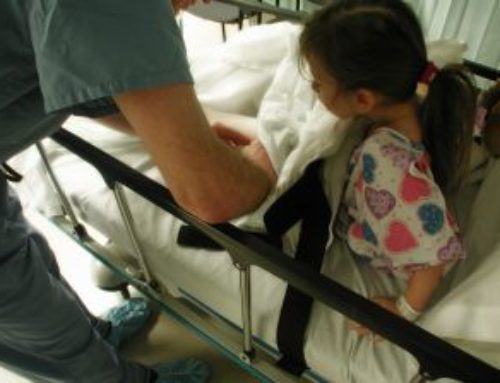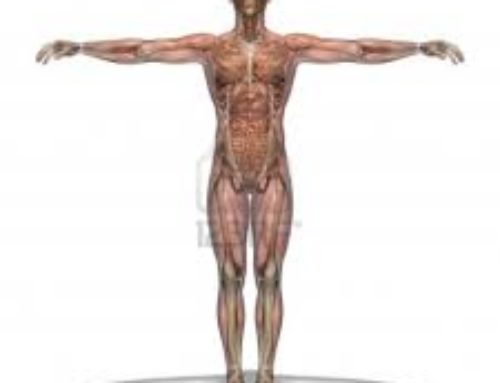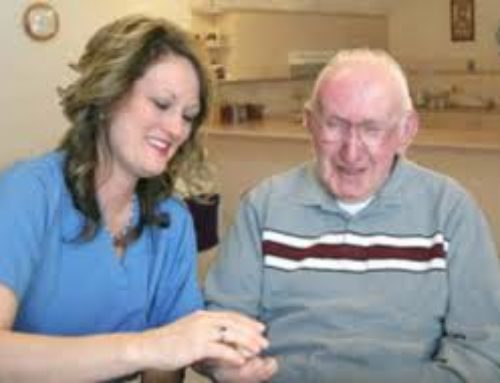
Warts are very common, and often develop as small, rough lumps, which resemble solid blisters, or have a ‘cauliflower’ type appearance. Warts are caused by infection with the human papilloma virus (HPV), a family of over 100 viruses, some of which cause warts on the feet, hands or face. Other types of HPV only infect the tissue of the genital tract, which are referred to as ‘genital warts’. Warts can be spread by contact with skin infected by HPV, and also by contact with objects that have touched warts, such as towels. Genital warts are spread by sexual contact.
While everyone is at risk of developing warts, they most commonly affect children aged 12 to 16 years. It is estimated that one in five children have warts, and without medical treatment, about 65 per cent of wart infections spontaneously resolve. While there is no link between warts and the development of skin cancer, HPV are now recognised as major causes of cervical cancer.
Symptoms
The parts of the body most commonly affected by warts include the face, hands, knees and feet. While the characteristics of warts depend on the type, symptoms usually involve the development of a raised bump on the skin, which is roughly 1 to 10 millimetres in diameter. Warts can also be smooth or rough, and occur singly or in groups. Sometimes the lump that develops into a wart can be itchy or uncomfortable. HPV causes warts by attacking the skin through direct contact. The virus often enters the skin through small cuts or abrasions in the stratum corneum (outermost layer of skin). After the virus infects the skin cells, warts can develop quickly, or in several weeks to months.
Types of warts
Many different types of wart have been identified, which vary in size or shape, by the region of the body that they infect, and by the type of HPV that causes the infection. These include:
Common wart (Verruca vulgaris)
Common warts are raised, and have a roughened surface, which is often likened to a ‘cauliflower’ appearance. These types of warts are most common on the hands and knees, and occur most frequently in children. Common warts are a result of localised infection of the epidermis (the outer layer of the skin covering the body) with types 2 and 4 of the HPV, and usually resolve spontaneously.
Flat wart (Verruca plana)
Flat warts are flesh-coloured, small in size and have a smooth and flattened shape. They are very common on the face in large numbers, but are also seen on the neck, wrists, hands and knees. Flat warts are very common in children, and are caused by the HPV types 3 and 10.
Filiform or digitate wart (Verruca filiformis)
These types of warts are composed of single, or many thread or finger like projections, which are called papillae. Filiform or digitate warts are most common on the neck and face, especially near the eyelids and lips
Plantar wart (Verruca pedis)
Plantar warts develop on the soles of the feet as hard lumps, which can be very painful. These warts are caused by infection by HPV types 1, 2, 4, and 63, and often contain multiple black specks in their centre.
Mosaic wart
Mosaic warts occur as groups of tightly clustered plantar-type warts, which aggregate to form a mosaic like appearance. They are commonly found on the hands or soles of the feet and are usually caused by HPV type 2.
Genital wart (Condylomata acuminata)
Genital warts are characterised as small benign (harmless) lumps on or around the genitals and anus area. They appear as grey to off-white lumps that have a rough ‘cauliflower’ appearance. Genital warts are commonly caused by HPV types 6 and 11, and because they are sexually transmitted, the penis, vulva and anus are most commonly affected. HPV may also cause flat, abnormal growths on the cervix (the lower part of the uterus that extends into the vagina).
Treatment
Warts are generally benign and resolve spontaneously. Those which do not resolve can be treated by over-the-counter approaches, and also by treatments prescribed by a physician.
There are several over-the-counter options to treat warts, and the most common treatments involve salicylic acid. These products are usually administered as adhesive pads which contain salicylic acid, or by application of a concentrated salicylic acid solution. Effective wart treatment using this method requires a strict routine, which involves cleaning the affected area, applying the salicylic acid, and exfoliating the dead skin, and may take up to 12 weeks.
Cryosurgery kits are also becoming available over-the-counter. These products freeze the wart, usually with liquid nitrogen. Freezing the affected area creates a blister between the wart and epidermal layer. When the skin cells in the blister die, the wart and the surrounding dead skin fall off.
Silver nitrate is another over-the-counter treatment readily used to remove warts. This product is designed in the form of a pencil, which is applied to the affected area daily, across 3 to 6 days.
The treatments that may be prescribed by a physician include:-
Keratolysis
This procedure peels infected skin away from the healthy tissue by using blistering agents such as salicylic acid or formaldehyde.
Surgical curettage of the wart
This procedure involves minor surgery to the infected tissue to remove the wart by scraping the skin with a curette, a surgical instrument shaped like a scoop.
Laser treatment
Lasers produce powerful beams of light, which can produce intense heat when focused at close range. In this procedure, a laser is used as a medical instrument to vaporise tissue damaged by the virus, and help to remove the wart.
Imiquimod
Imiquimod is a topical cream that helps the body’s immune system fight the HPV responsible for the wart. The cream can be applied by the infected individual themselves, and stimulates immune function by encouraging interferon production, antiviral proteins that inhibit viral replication. Imiquimod can be used for general warts, and also those affecting the genital area.
Cantharidin
Cantharidin is a toxic chemical derived from the green blister beetle. The compound is painted onto the affected area, which is then covered with a bandage. Cantharidin causes the skin under the wart to blister, and lifts the wart off the skin. Some pain can be felt when the skin blisters. Cantharidin is often used when salicylic acid or cryosurgery have been unsuccessful at eliminating the wart. This treatment is not appropriate for genital warts, and may cause serval side effects, which include skin tenderness, and itching or burning sensations at the site of application.
Candida injections
Injection therapy involves the administration of a compound into the affected area, to stimulate the body’s immune system into destroying the wart. A heat-killed solution of the yeast, Candida, is used because the body is exposed to this organism all the time, and has developed a rapid immune response. Injecting the yeast material into a wart causes the immune system to become very active in this area, and by attacking the injected yeast, the wart is also attacked. Side effects to this form of treatment are rare, but may include flu-like symptoms, rash, itching and mild blistering.
Transmission
Warts are transmitted by direct contact. For example, a person who has warts on their hands can spread the infection by touching other areas of their own body. Warts are also spread between individuals when the warts of an infected person come into contact with another individual. Usually the virus enters the body through a small cut or abrasion. Depending on the type of virus, the incubation period can vary from one to 12 months; however certain types of HPV can lie dormant for over three years. Genital warts are transmitted by sexual contact with a person who is infected with HPV, and can appear within weeks, several months or even years.
Risk factors
Anyone can develop warts, but certain factors increase the risk including:
- Injuries to the skin, including infections which break the skin surface
- Frequently getting the hands wet
- Hands or feet that sweat heavily
- Swimming in public swimming pools
- Nail biting
- Direct contact with other people’s warts
- Scratching your own warts, which can spread the infection to other areas of your body.
Diagnosis
Warts are readily diagnosed by physical examination, and if required, the type of wart can be confirmed by biopsy, where a small piece of the wart is removed and examined by a laboratory.
Complications
Warts usually cause no complications, and resolve either spontaneously or after treatment. HPV however, are now recognised as a major cause of cervical cancer, and are also though to play a role in cancers of the anus, vulva, vagina and penis. HPV are referred to as ‘low-risk’ when they rarely cause cancer and ‘high-risk when they are more likely to lead to cancer. While infection with high-risk HPV types increases the chance that mild cellular abnormalities will progress to more severe ones and lead cancer, only a small percentage of individuals would develop cancer if the abnormal cells were not removed. Increased risk for the development of also cancer depends on factors other than HPV infection such as smoking. Vaccines for certain papilloma viruses, such as HPV types 16 and 18, are being studied in clinical trials for the prevention of cervical cancer.






Leave A Comment